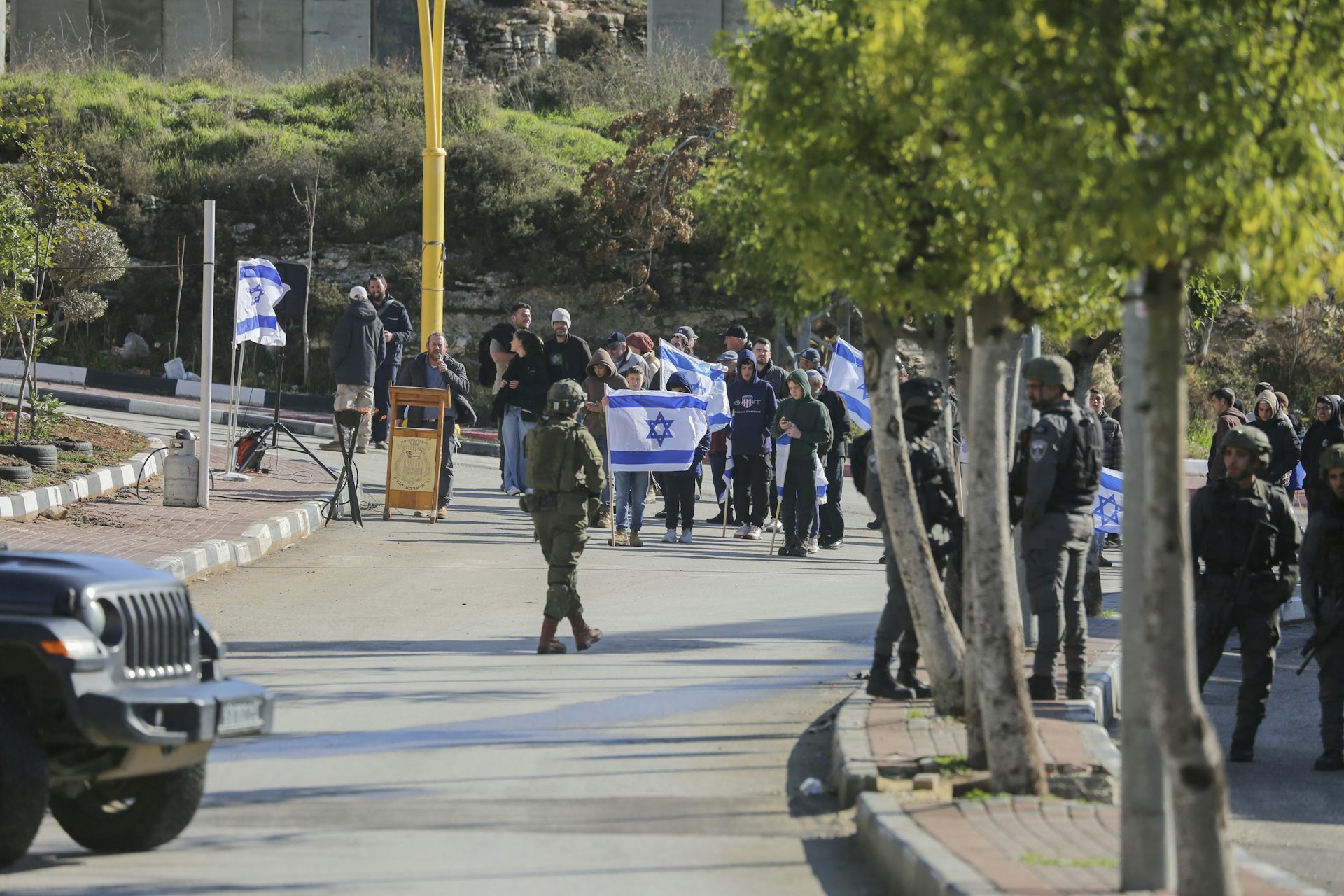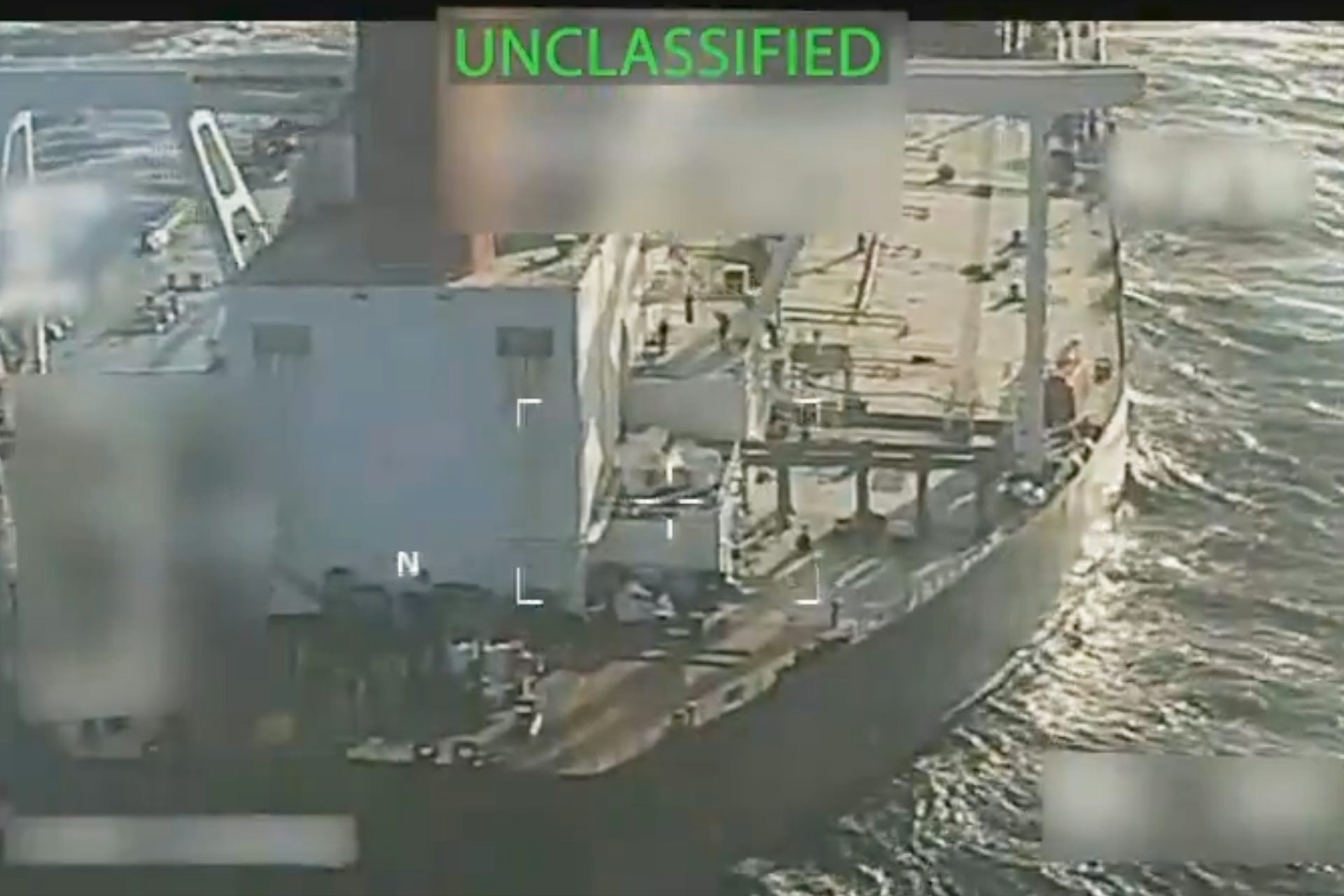Trump’s vision for Air Force One will turn it from the ‘Flying White House’ to a ‘palace in the sky’
The president’s concerns about Air Force One seem less focused on safety and security and more on size and opulence.
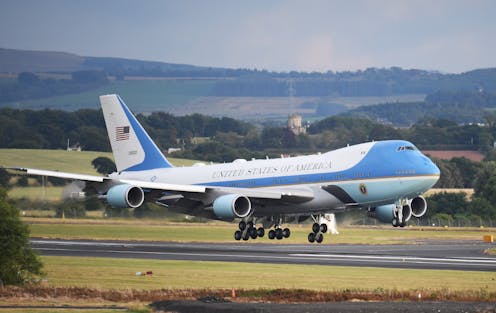
Since President Donald Trump excitedly announced that he would be accepting a US$400 million plane from the Qatari government to serve as the next Air Force One, even members of his own party have expressed alarm.
There’s the price tag of refurbishing the plane with top-secret systems – upward of $1 billion, according to some estimates. Then there are the conflicts of interest from accepting such a large present from a foreign nation – what some say would be the most valuable gift ever given to the U.S.
But it would also mark a striking departure from tradition.
While they’re often variants of commercial planes, presidential planes have almost always been U.S. military aircraft, flown and maintained by the Air Force.
The first White Houses in the sky
I’m an aviation historian who once worked in the United States Air Force’s history program for three years, so I’m well-acquainted with the history of presidential aircraft.
Franklin D. Roosevelt became the first president to fly while in office. In January 1943, he boarded the Navy-owned, civilian-operated Boeing Dixie Clipper – a sea plane – for a trip to Casablanca to meet with Allied leaders.
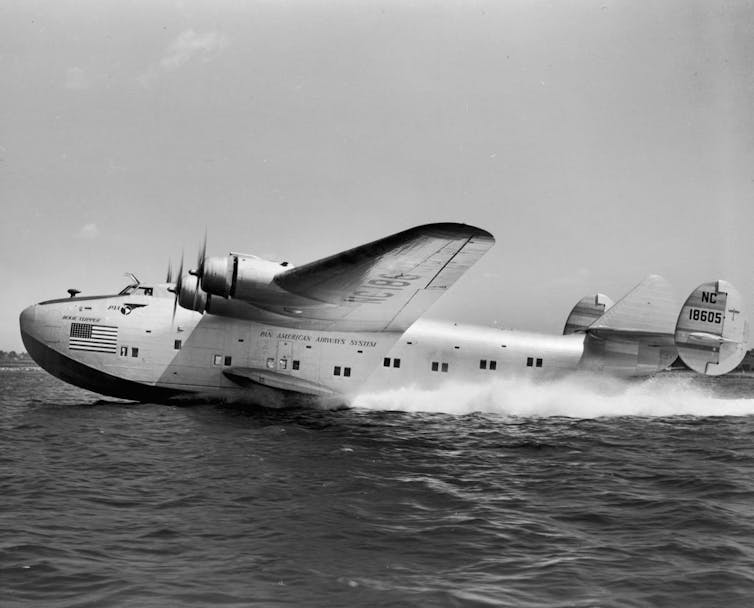
The security measures needed to safely transport the president – especially during wartime – spurred the creation of the first custom-built aircraft for presidential use, a heavily modified VC-54 Skymaster. Though officially named “The Flying White House,” the new presidential aircraft became better known by its nickname, the “Sacred Cow.”
President Harry Truman used the Sacred Cow as his presidential aircraft through much of his first term in office.
In late 1947, the U.S. Air Force ordered a second custom-built presidential aircraft, a modified DC-6, which Truman named the Independence.
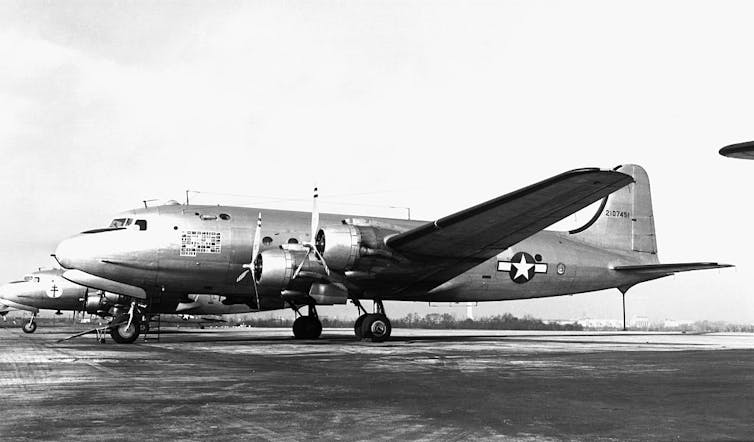
During Dwight D. Eisenhower’s two terms, the president flew on two different planes operated by the Air Force: the Columbine II, which was a customized, military version of Lockheed’s commercial airliner the Constellation, and the Columbine III, which was a Super Constellation.
Embracing the jet age
In the 1960s, the use of jet engine technology in U.S. commercial aircraft revolutionized air travel, allowing planes to fly higher, farther and faster. Jet travel became associated with the glamorous and the elegant lifestyles of the “jet set” crowd.
So it’s fitting that President John F. Kennedy – who was sometimes called the “the first celebrity president” – was the first White House occupant to fly in a jet, the Boeing 707.
Kennedy’s aircraft was also the first painted in the distinctive light blue-and-white scheme that’s still used today. First lady Jacqueline Kennedy developed it with the help of industrial designer Raymond Loewy.
It would go on to serve eight presidents before leaving the presidential fleet in 1990, when Boeing delivered the first of two modified Boeing 747s.
These are the aircraft that continue to serve as the president’s primary plane. Boeing signed a contract to provide two new aircraft in 2017, during Trump’s last term. In 2020, the company decided to refurbish two existing aircraft that were originally built for another customer.
The refurbishment has been more cumbersome and expensive than building a new aircraft from scratch. But it’s the only option because Boeing closed its 747 assembly line in late 2022.
A nickname sticks
On a trip to Florida, the crew of Columbine II first used “Air Force One” as the plane’s call sign to clearly distinguish the plane from other air traffic.
While the public has associated the name Air Force One with the modified Boeing 707s and 747s and their distinctive colors, any plane with the president aboard will carry that call sign.
They include several smaller aircraft, also operated by the Air Force, such as the North American T-39 Sabreliner used to transport Lyndon B. Johnson to his ranch in Texas and the Lockheed VC-140B JetStars, the fleet of backup planes used by several presidents, which Johnson jokingly called “Air Force One Half.”
A cultural and political symbol
Air Force One has long served as a symbol of the power and prestige of the presidency.
It became an indelible part of U.S. history in November 1963, when Johnson took his oath of office from Air Force One’s cabin while Kennedy’s body lay in rest in the back of the aircraft.
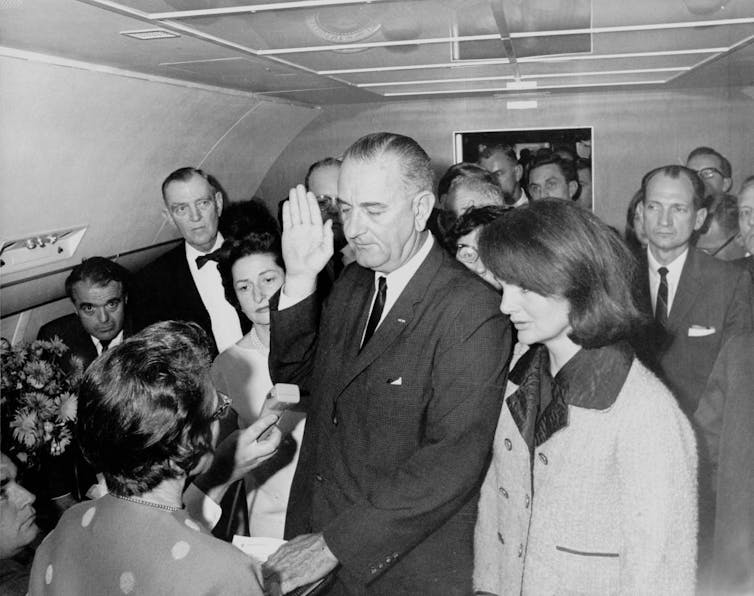
Air Force One carried President Richard M. Nixon to China and the Soviet Union for historic diplomatic missions. But it also famously flew him from Andrews Air Force Base in Maryland to his home state, California, after he resigned from office. On that day, the plane took off as Air Force One. But it landed as SAM 27000, the plane’s call sign used when the president wasn’t on board.
Trump has been compared to Nixon in more ways than one.
And Trump’s complaint that Arab leaders have bigger and more impressive airplanes than the current Air Force One is reminiscent of Nixon’s own concerns of being outclassed on the world stage.
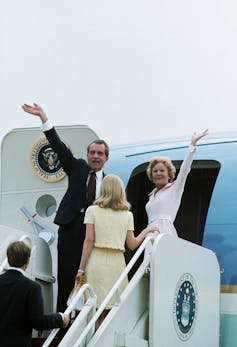
When president, Nixon strongly advocated for American supersonic transport – a 270-passenger plane designed to be faster than the speed of sound – that he hoped could be modified to serve as a new Air Force One. He feared the failure to develop an SST would relegate the U.S. to second-tier status, as other world leaders – particularly those from England, France and the USSR – traversed the globe in sleeker, better performing aircraft.
Trump’s concerns about Air Force One seem less focused on safety and security and more on size and opulence. His longing for a “palace in the sky” is befitting for a president drawn to soaring skyscrapers, lavish parades and gold ornamentation.
Janet Bednarek does not work for, consult, own shares in or receive funding from any company or organization that would benefit from this article, and has disclosed no relevant affiliations beyond their academic appointment.
Read These Next
West Bank violence is soaring, fueled by a capitulation of Israeli institutions to settlers’ interes
Reluctance to address settler violence is the outcome of deep social, political and cultural changes,…
Black-market oil buyers will push Venezuela for bigger discounts following US seizure – starving Mad
Venezuela relies on the black-market oil trade for a large chunk of its revenue. US enforcement actions…
As a former federal judge, I’m concerned by a year of challenges to the US justice system
A university president who’s a former federal judge looks at the rule of law and the Trump administration’s…


